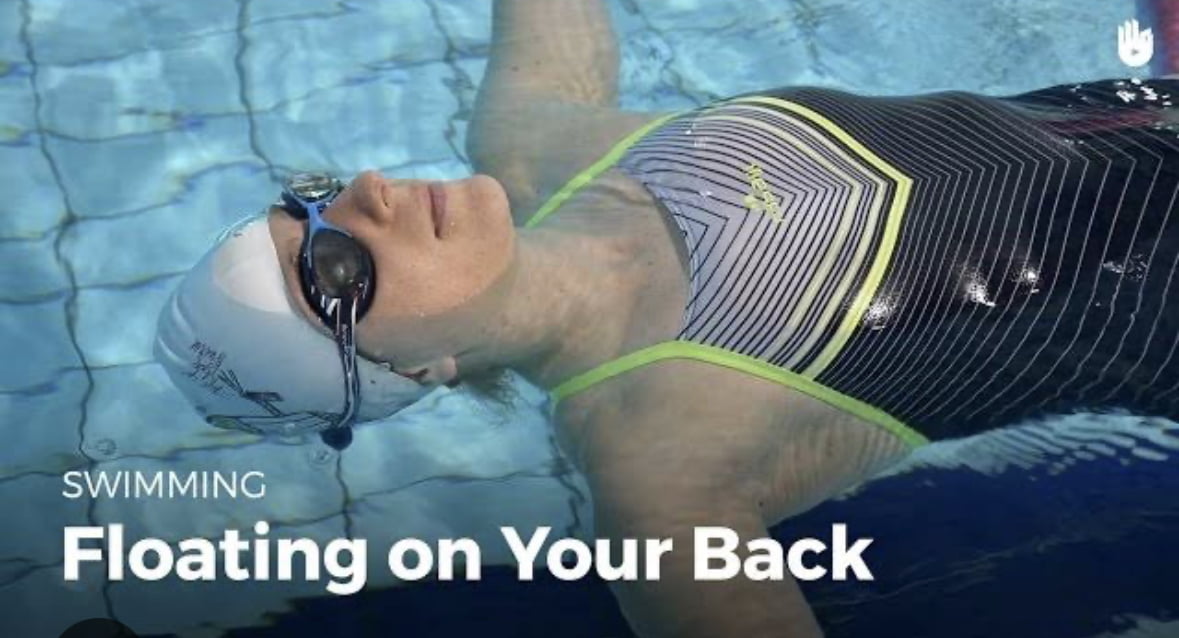
Reading Time: 2 minutes
Introduction:
Back floating is an essential skill that not only helps you relax and enjoy your time in the water but also ensures your safety in various aquatic environments. Whether you’re a beginner or seeking to refine your back floating technique, these tips will guide you toward a serene and confident experience in the water.
- Choose a Calm Environment: Select a pool or body of water with calm conditions and minimal waves. This will help you focus on practicing your back floating without distractions or unnecessary challenges.
- Build Confidence in Shallow Water: If you’re new to back floating, start in shallow water where you can stand comfortably. Gradually lean back and allow yourself to float, using your breath to control your buoyancy. As you gain confidence, move to deeper water.
- Relaxation and Breathing: Relaxation is key to successful back floating. Take slow, deep breaths to help your body remain buoyant. As you exhale, allow your body to settle into the water, maintaining a natural balance between your chest and hips.
- Arm and Leg Positioning: Extend your arms and legs slightly, keeping them relaxed and slightly below the water’s surface. This helps distribute your weight and allows you to maintain balance. Avoid tensing up, as this can cause your body to sink.
- Trust the Water: Remember that water supports your body weight. Trust in the buoyancy of the water to keep you afloat. Avoid excessive movements or attempts to stay afloat through force; instead, let the water do the work for you.
- Gaze at the Sky: Keep your head tilted slightly backward so your face is above the water. Gaze at the sky or the ceiling of an indoor pool. This not only helps you maintain balance but also prevents water from entering your ears.
- Use Gentle Kicks: Using gentle, slow flutter kicks can help you maintain stability while back floating. Avoid rapid or forceful kicks, as they can disrupt your balance and make you more likely to sink.
- Stay Relaxed: Tension can make back floating challenging. Focus on keeping your muscles relaxed, especially your neck and shoulders. The more relaxed you are, the more effortlessly you’ll float.
- Practice Makes Perfect: Like any skill, back floating improves with practice. Spend regular time in the water, gradually increasing your comfort level. Don’t be discouraged by initial difficulties; consistent practice will lead to better results.
- Seek Professional Guidance: If you’re struggling with back floating or want to refine your technique, consider taking swimming lessons or seeking guidance from a certified swim instructor. They can provide personalized tips and feedback to enhance your experience.
Conclusion:
Back floating is a skill that anyone can learn and master with patience and practice.
By embracing relaxation, proper positioning, and the natural buoyancy of water, you’ll find yourself effortlessly floating on your back, enjoying the soothing sensation of weightlessness.
So, take a deep breath, trust the water, and embark on a journey of relaxation and aquatic exploration through the art of back floating.
